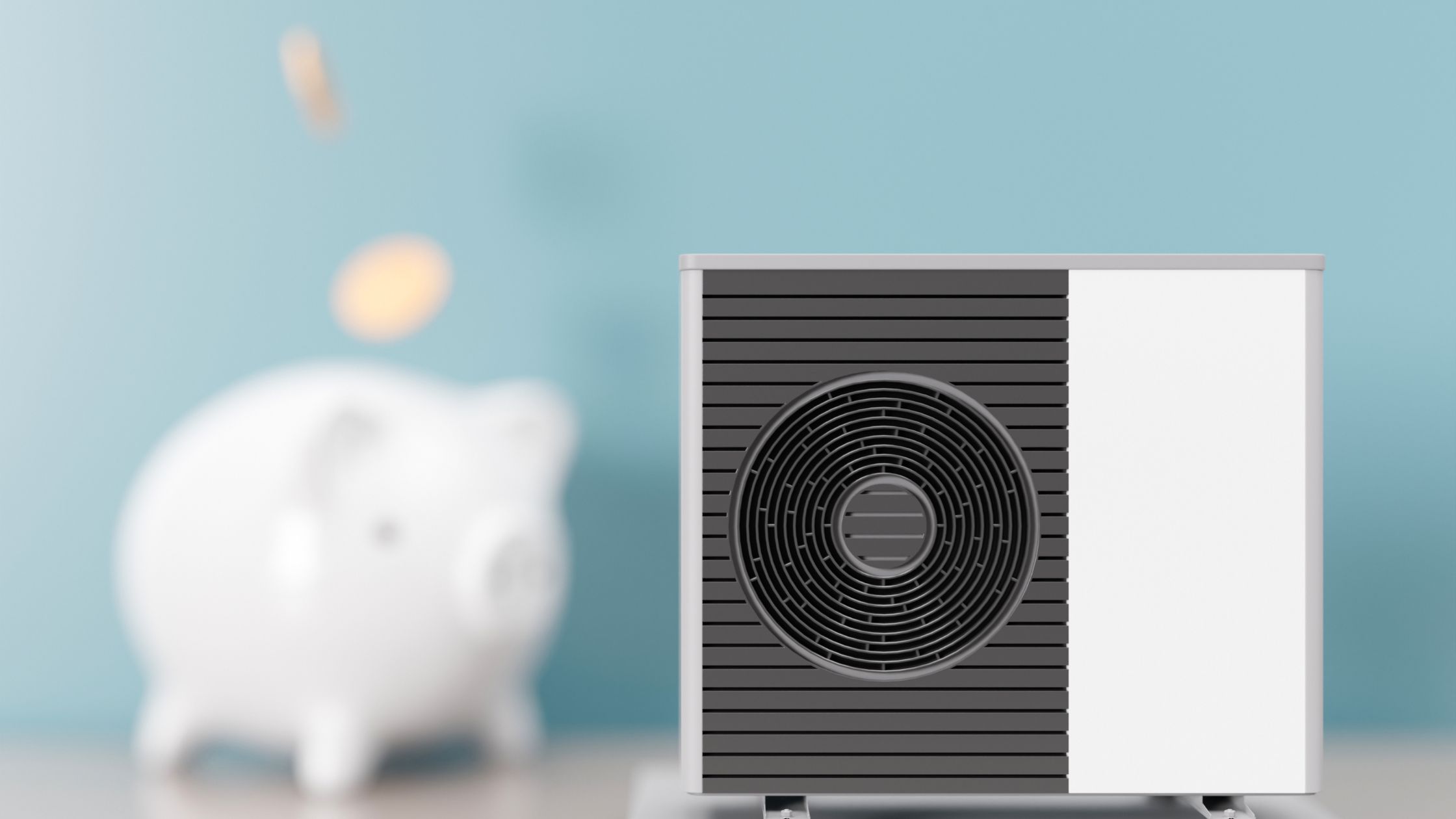Heating and cooling account for a significant portion of household energy consumption. Heat pump system offer an efficient solution for both heating and cooling needs, utilizing minimal energy compared to traditional heating systems. However, optimizing the use of your heat pump is crucial to maximize energy savings. Here’s a comprehensive guide on how to save energy through efficient use of your heat pump.
Understanding Heat Pump Efficiency
Heat pumps work by transferring heat from one place to another. During colder months, they extract heat from the outdoor air and transfer it indoors for heating. In warmer seasons, this process reverses, expelling indoor heat outside to cool your home. By leveraging this mechanism, heat pumps are inherently more energy-efficient than traditional heating or cooling systems.
Optimal Temperature Settings
Maintaining moderate temperatures helps save energy. During winter, set your thermostat to a comfortable yet energy-efficient temperature, ideally between 18-20 degrees Celsius (65-68 degrees Fahrenheit). In summer, aim for a setting around 25-27 degrees Celsius (78-80 degrees Fahrenheit) for cooling. Programmable thermostats enable automated adjustments, optimizing temperatures based on your schedule.
Regular Maintenance
Routine maintenance ensures your heat pump operates efficiently. Change or clean air filters regularly, typically every 1-3 months, to maintain proper airflow. Clear debris and foliage around outdoor units to prevent obstruction and optimize performance. Schedule professional maintenance annually to inspect and service the system, enhancing its efficiency and longevity.
Efficient Use of Heat Pump Features
Utilize the features and settings of your heat pump for maximum efficiency. Many models come with variable-speed motors or multi-stage compressors, enabling them to adjust output based on heating or cooling demands. Use these settings to match your home’s needs without overworking the system.
Zone Heating and Cooling
Leverage the zoning capabilities if your air source heat pump installation allows. Zone systems enable different areas to have separate temperature settings, optimizing comfort and energy usage. Close doors to unused rooms to concentrate heating or cooling in occupied spaces, reducing strain on the system.
Insulation and Home Sealing
Efficient insulation and proper sealing minimize heat loss in winter and heat gain in summer. Seal air leaks around doors, windows, and ductwork to prevent energy wastage. Ensure adequate insulation in attics, walls, and floors to maintain indoor temperatures and ease the load on your heat pump.
Use Auxiliary Heating Sparingly
Some heat pump systems have auxiliary heating, like electric resistance coils, for extremely cold weather. While helpful during severe cold snaps, auxiliary heating consumes more energy. Minimize its use by relying on the heat pump’s primary heating function whenever possible.
Leverage Sunlight and Natural Ventilation
Open curtains or blinds during the day to harness sunlight for natural warmth in winter. Close them at night to retain heat. In summer, close curtains to block out excessive sunlight, reducing the workload on your heat pump. Additionally, use natural ventilation when outdoor temperatures allow, reducing reliance on mechanical heating or cooling.
Educate and Involve Household Members
Encourage energy-saving habits among household members. Educate them on efficient heat pump use, emphasizing the importance of moderate temperature settings, closing doors and windows when the system is running, and regular maintenance. Collective efforts contribute significantly to energy conservation.
Conclusion
Efficient use of your heat pump not only lowers energy bills but also reduces environmental impact. Implementing these strategies—optimal temperature settings, regular maintenance, efficient use of features, zoning, insulation, minimizing auxiliary heating, leveraging natural elements, and educating household members—can significantly enhance your heat pump’s efficiency. By incorporating these practices into your routine, you’ll not only enjoy comfortable indoor temperatures but also contribute to a more sustainable and energy-efficient home.


